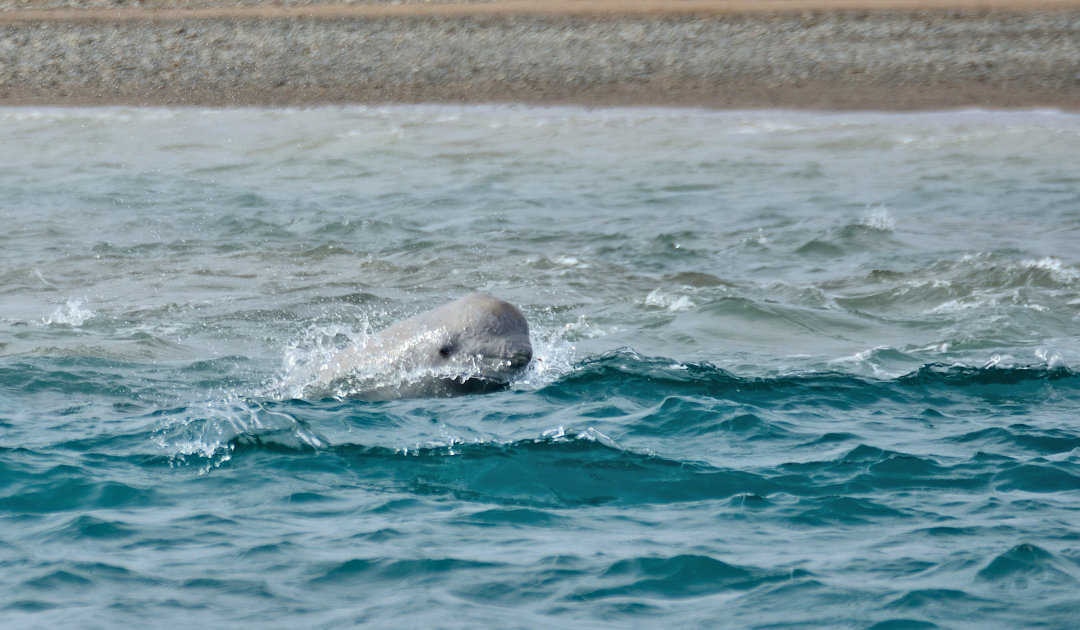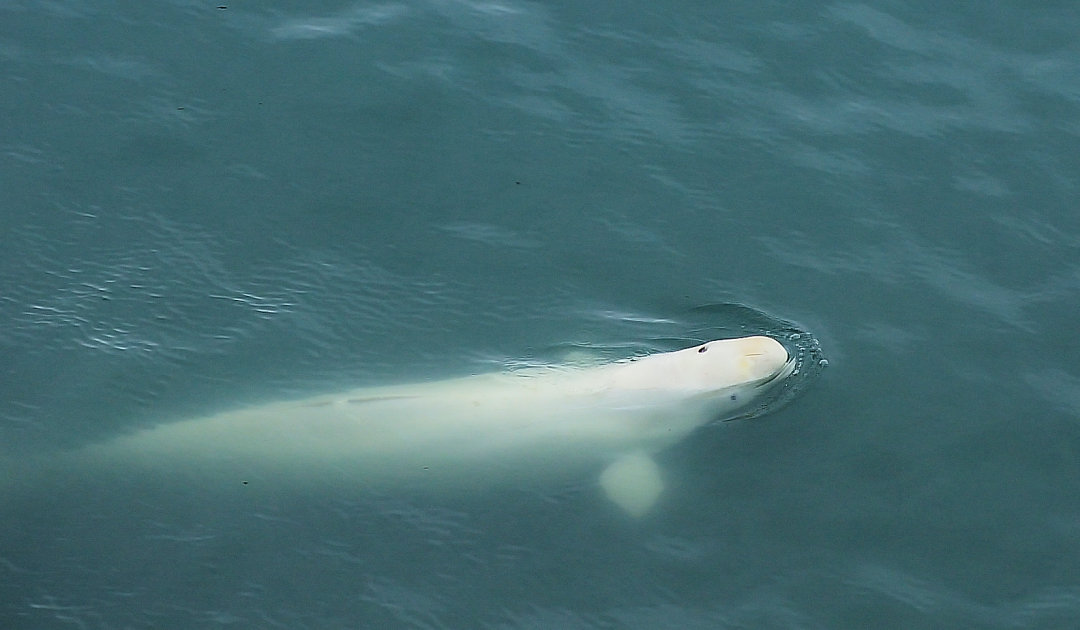
Belugas or white whales can be found throughout the Arctic. They form a wide variety of group sizes, from teams of two to thousands of animals. Until now, it has been assumed that these very social animals live in a matriarchy, where a female animal leads the group. Now, for the first time in a large-scale study in different parts of the Arctic, an international team has found that the animals form much more complex societies that go beyond the maternal lineage. The researchers compare them to human social groups and a similar complexity. They form a wide variety of group sizes, from teams of two to thousands of animals.
Led by Florida Atlantic University (FAU), the research group studied belugas from Alaska, Canada, Chukotka and Svalbard both in the field and by using state-of-the-art genetic methods. Greg O’Corry-Crowe of the FAU, lead author of the study, explains: “Beluga whales exhibit a wide range of grouping patterns from small groups of two to 10 individuals to large herds of 2,000 or more, from apparently single sex and age-class pods to mixed-age and sex groupings, and from brief associations to multi-year affiliations. The role kinship plays in these groupings has been largely unknown.”
“It may be that their highly developed vocal communication enables them to remain in regular acoustic contact with close relatives.”
Greg O’Corry-Crowe, Florida Atlantic University
Now it has been shown that beluga whale groups are not only organized around the closest maternal relatives, but, depending on the size of the group, consists of different maternal lineages, some of which are not even related to each other and where even the paternity line plays a more important role than previously thought. In addition, the study showed that certain behaviors of the belugas depend on the group size and composition and that they can also change them accordingly. O’Corry-Crowe and his team suspect that the ability to communicate with sounds plays an important role. “It may be that their highly developed vocal communication enables them to remain in regular acoustic contact with close relatives even when not associating together,” says O’Corry-Crowe.

To answer the question of what role the degree of kinship plays within the beluga society and how the aggregations, some of which consist of up to thousands of animals, organize and which animals they consist of, the researchers collected data in the field on beluga aggregations and also took skin samples to examine maternal DNA and thus determine the degrees of kinship. It turned out that even in groups in which the animals were related to the mother, this degree of kinship was not so close and the paternal side was more pronounced. In doing so, the study refuted the idea that belugas are organized in a similar way to, say, Orcas or pilot whales. “Unlike killer and pilot whales, and like some human societies, beluga whales don’t solely or even primarily interact and associate with close kin,” says O’Corry-Crowe. In Orcas as well as in pilot whales and other toothed whales, which live in larger social groups, a femal leads the group and the clans stay together for a long time, with fresh genetic material brought by males into the group.

However, according to the scientists, the results obtained with this study go further than just the behaviour of an Arctic whale species. For the complexity of the beluga society seems to be much higher and more to reach the degree of human social groups. Because humans have always organized themselves in social networks, auxiliary structures and cooperations beyond the degree of kinship in order to master everyday life and also for reproduction. As a result, internal processes have also developed and adapted accordingly. “It also has implications for traditional explanations based on matrilineal care for a very rare life-history trait in nature, menopause, which has only been documented in a handful of mammals, including beluga whales and humans,” adds O’Corry-Crowe.
“This research will improve our understanding of why some species are social,”
Greg O’Corry-Crowe, Florida Atlantic University
Considering that belugas can also grow up to 70 years of age, it turns out that such group formation and networking go beyond simple fitness arguments and involve mechanisms such as experience, learning and culture in a changing environment. “This research will improve our understanding of why some species are social, how individuals learn from group members and how animal cultures emerge,” concludes O’Corry-Crowe
Dr Michael Wenger, PolarJournal
Link to the study:
O’Corry-Crowe et al (2020) Sci Rep 10 (1) Group structure and kinship in beluga whale societies DOI: 10.1038/s41598-020-67314-w
More on the topic





